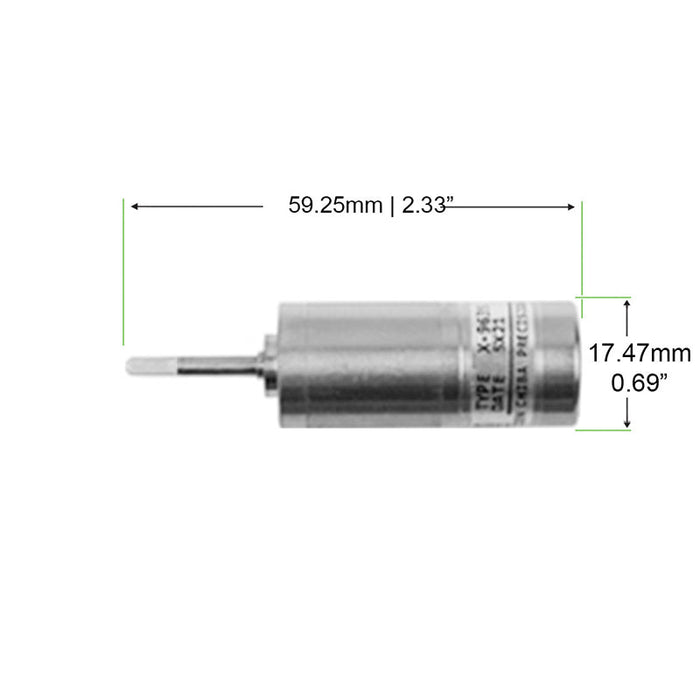
KP-55 Motor 520K18
This motor (part #520K18) is the core replacement component for the front-end of the KUPA KP-55 professional nail-drill handpiece (specifically noted as “Version 101” in the manufacturer parts list). It is a high-speed precision motor built to KUPA’s specification, meant to restore proper rotation, torque and smooth operation when the existing motor has worn, suffered heat/fatigue, or is otherwise underperforming. According to KUPA’s parts listing.
Features
-
OEM-compatible replacement part specifically listed by KUPA as “520K18 Motor Each” for KP-55 Version 101 handpieces.
-
Dimensions: Outside diameter ≈ 17.47 mm; Length ≈ 59.25 mm.
-
Designed for high-RPM operation (the KP-55 handpiece is known to operate at up to ~30,000 RPM) and built to maintain precision and balance at speed.
-
Helps restore handpiece performance, reduce vibration and noise, and improve bit stability when the motor is the root cause of issues.
Installation Tips
-
Confirm that your handpiece is indeed the KP-55 (or variant) that uses this motor part (#520K18). The listing explicitly says “Version 101”.
-
Verify existing motor dimensions (diameter, length) to ensure match with 17.47 mm OD and ~59.25 mm length.
-
When replacing the motor, check other wear items (bearings, seals, collet chuck, housing) — if these are excessively worn, a new motor alone might not fix all symptoms.
-
Disconnect and power off the handpiece.
-
Disassemble the housing to access the motor assembly (remove front housing/collet etc).
-
Remove the old motor carefully, noting rotor/shaft orientation and connections.
-
Clean the motor compartment of debris or metal shavings, inspect bearings or mounting surfaces.
-
Install the new motor #520K18, ensure correct alignment, secure mounting screws/connectors and re-assemble.
-
After assembly, run the handpiece unloaded (no bit) at low speed first to check for smooth operation before full use.
